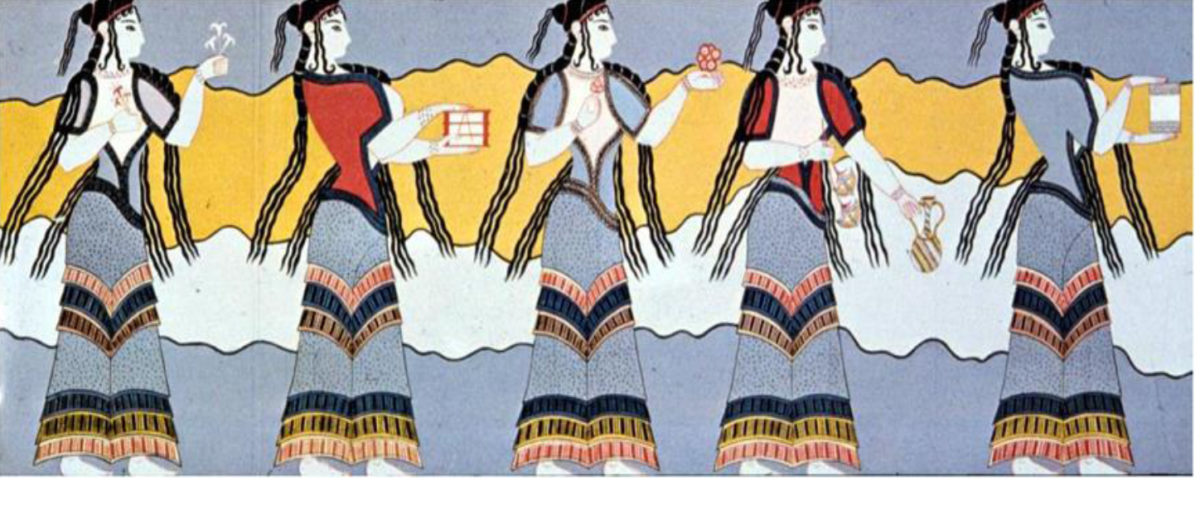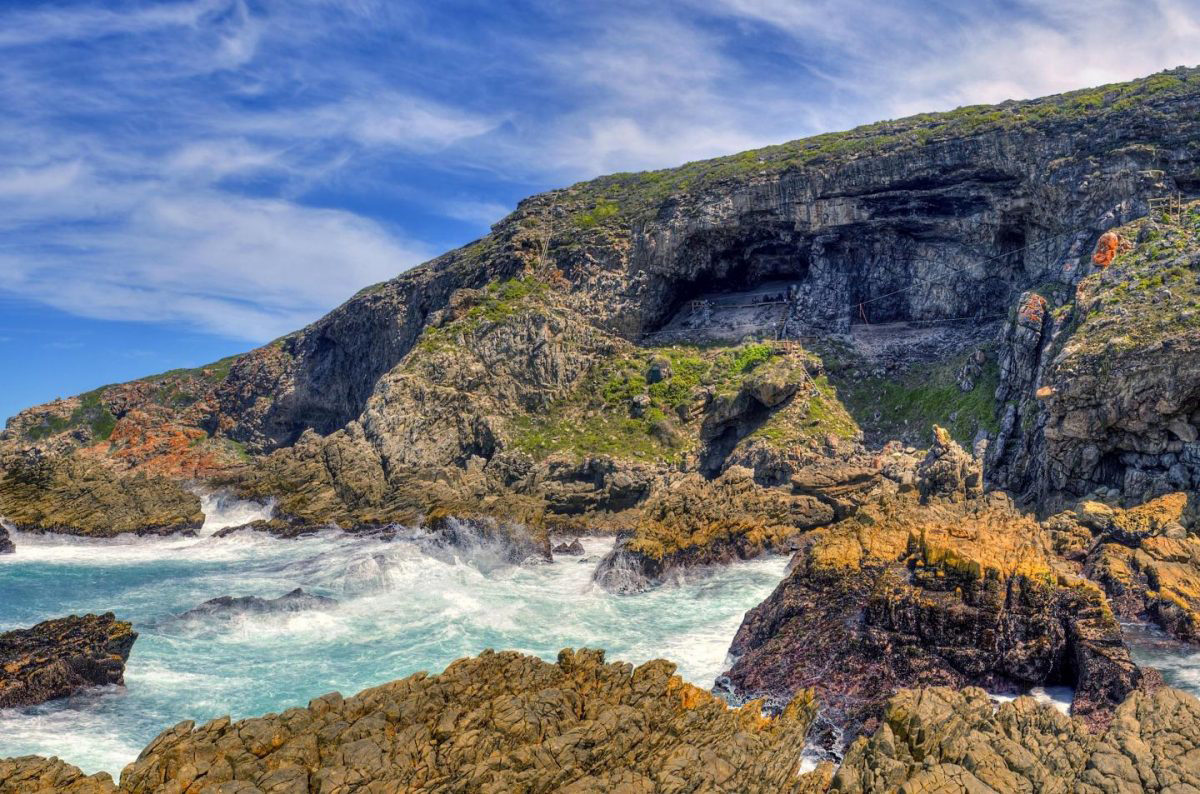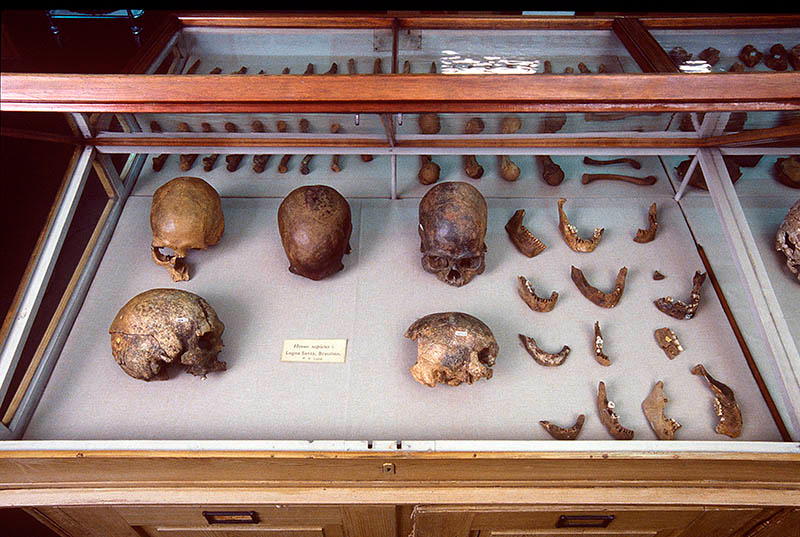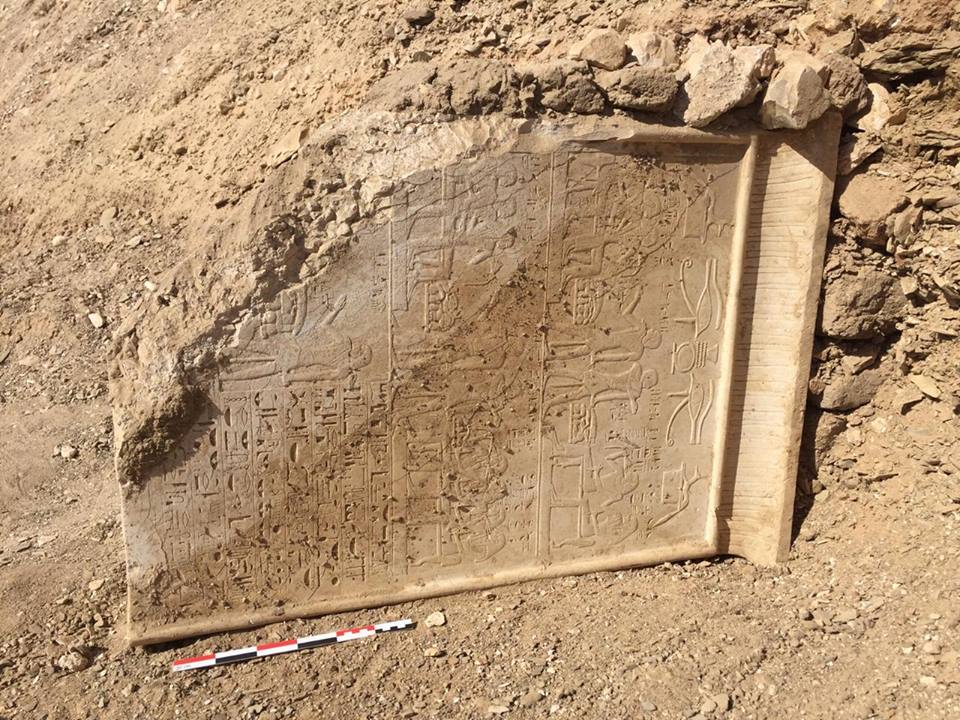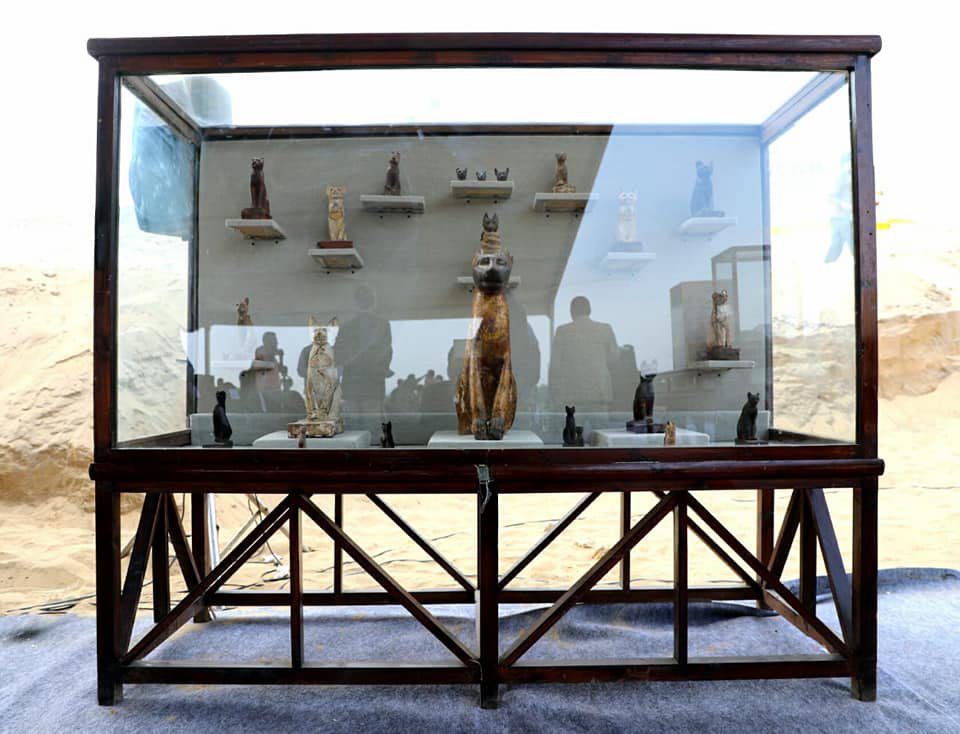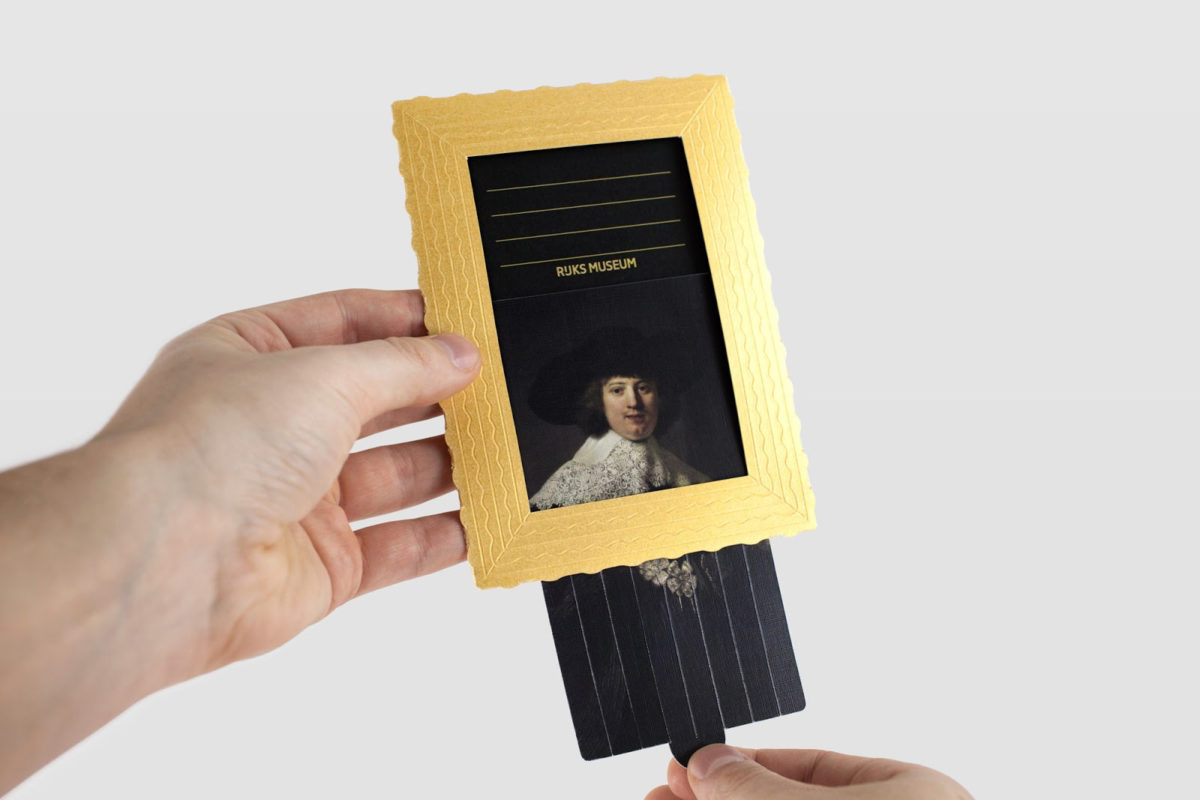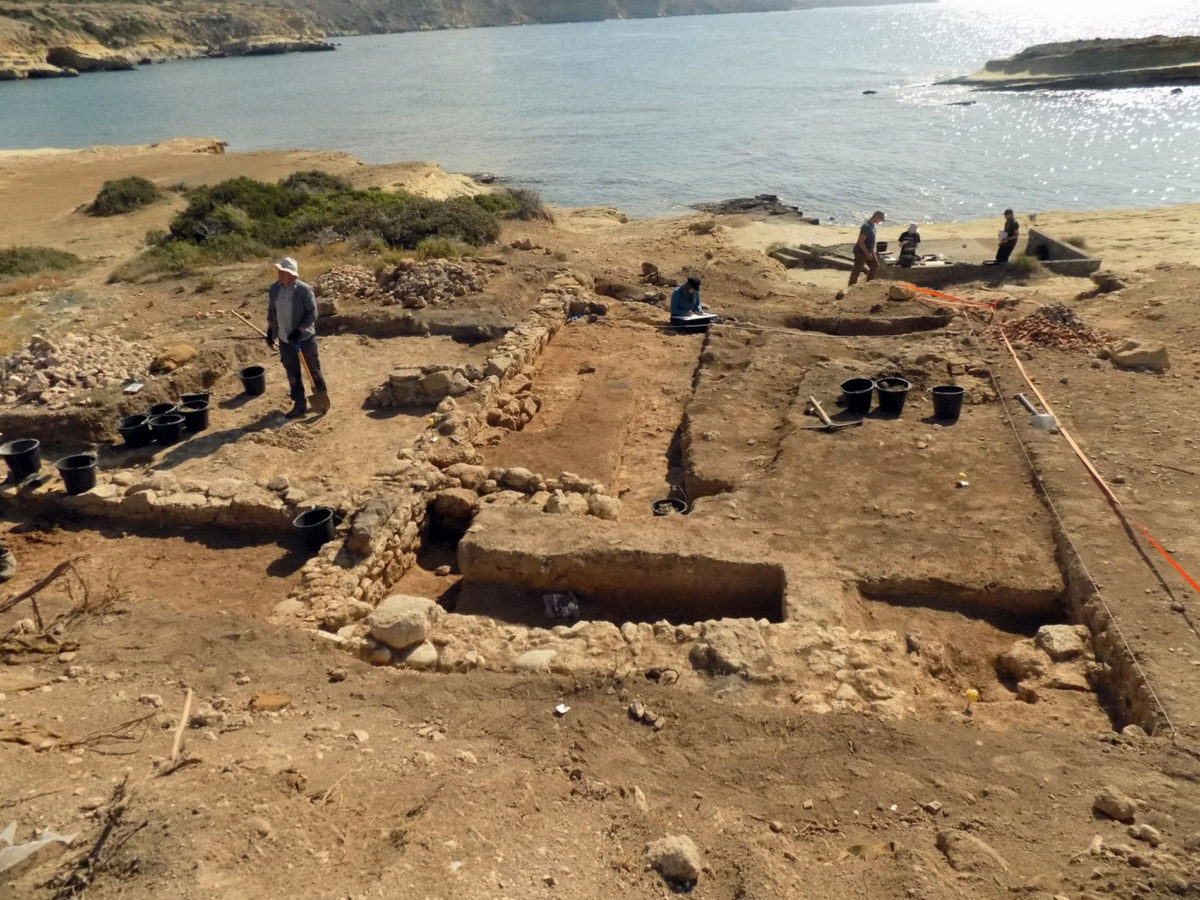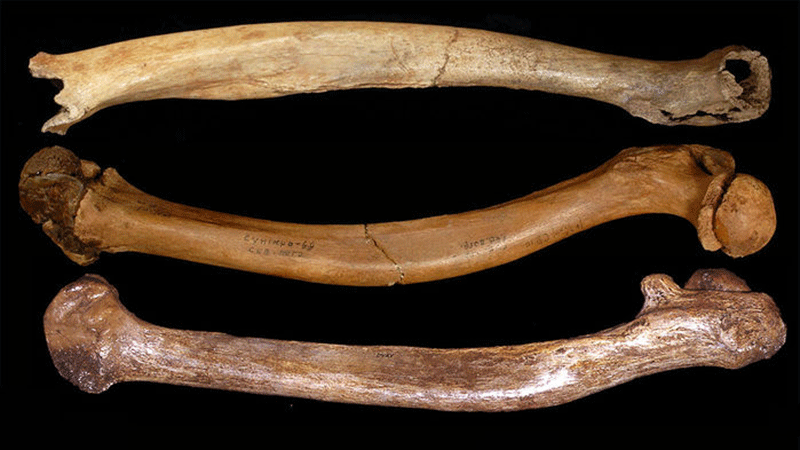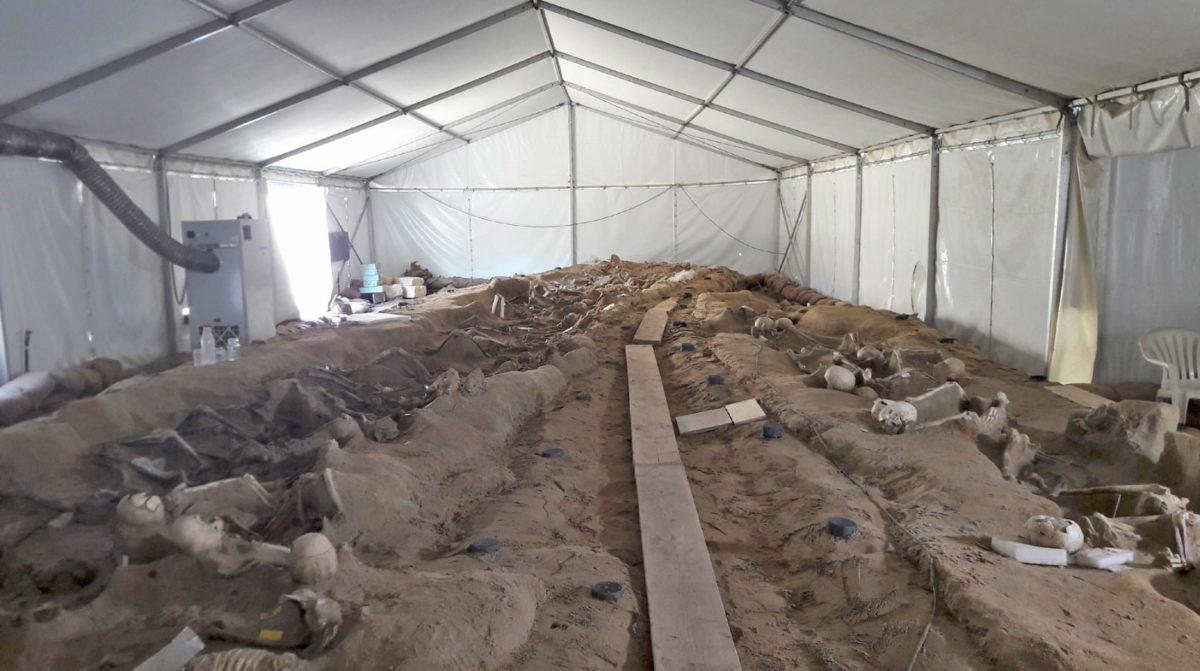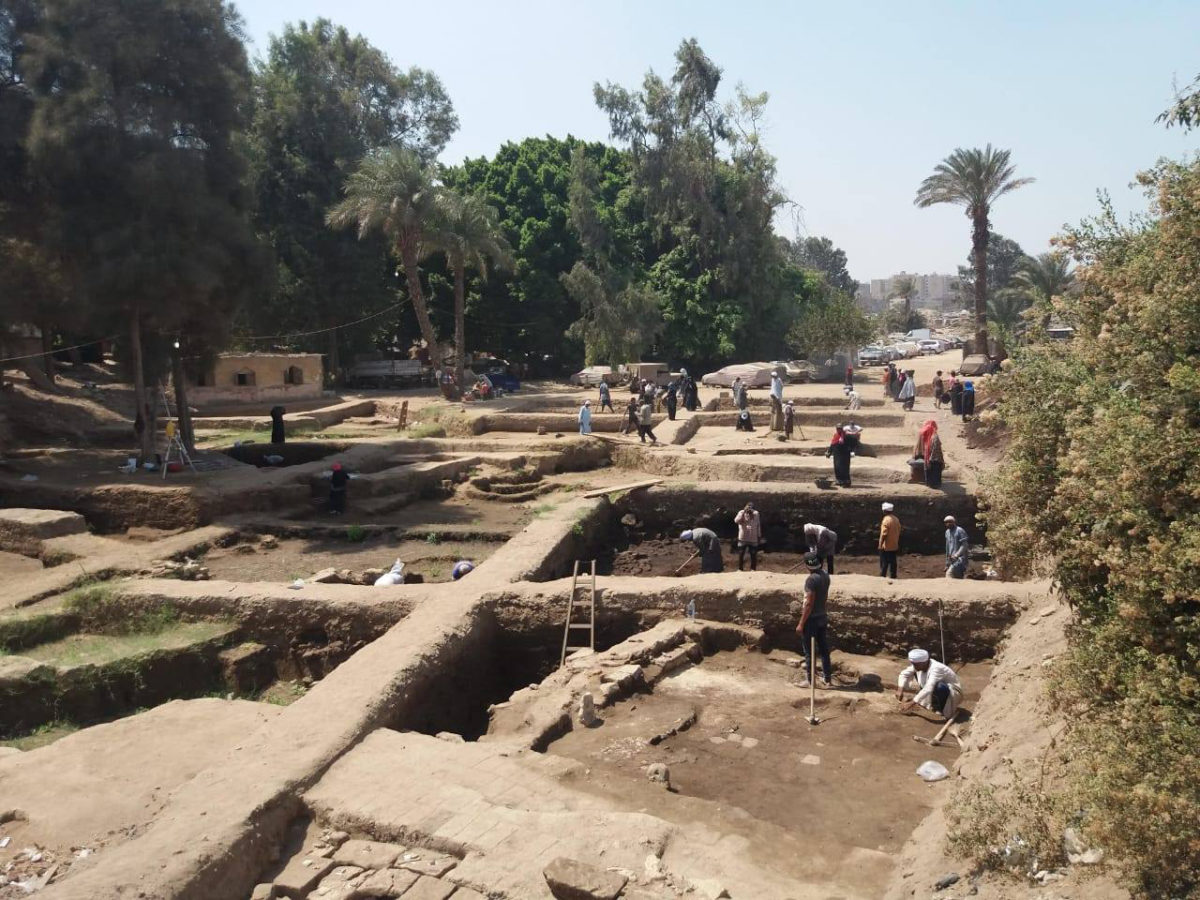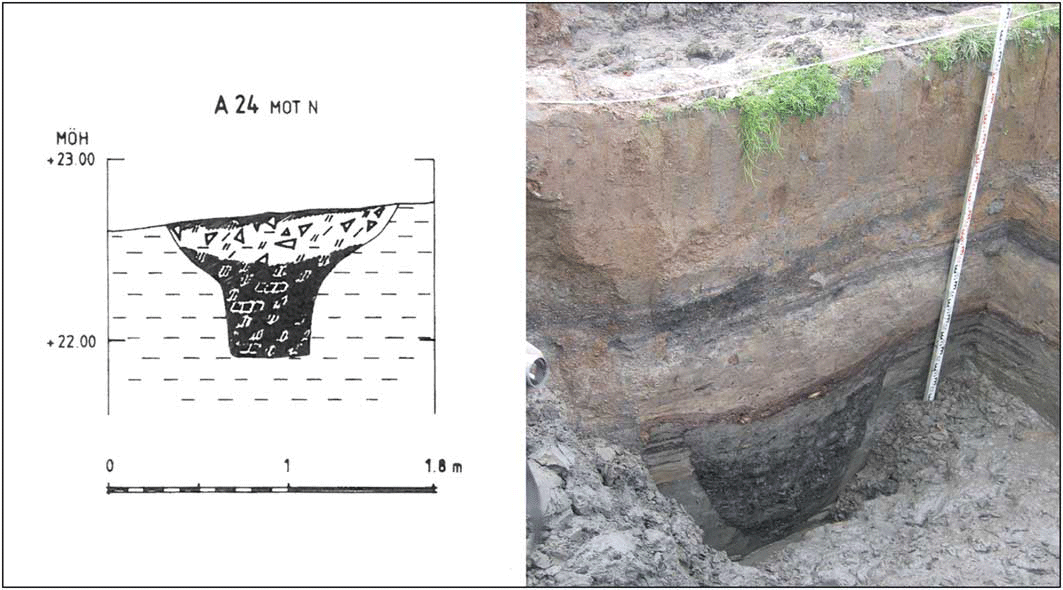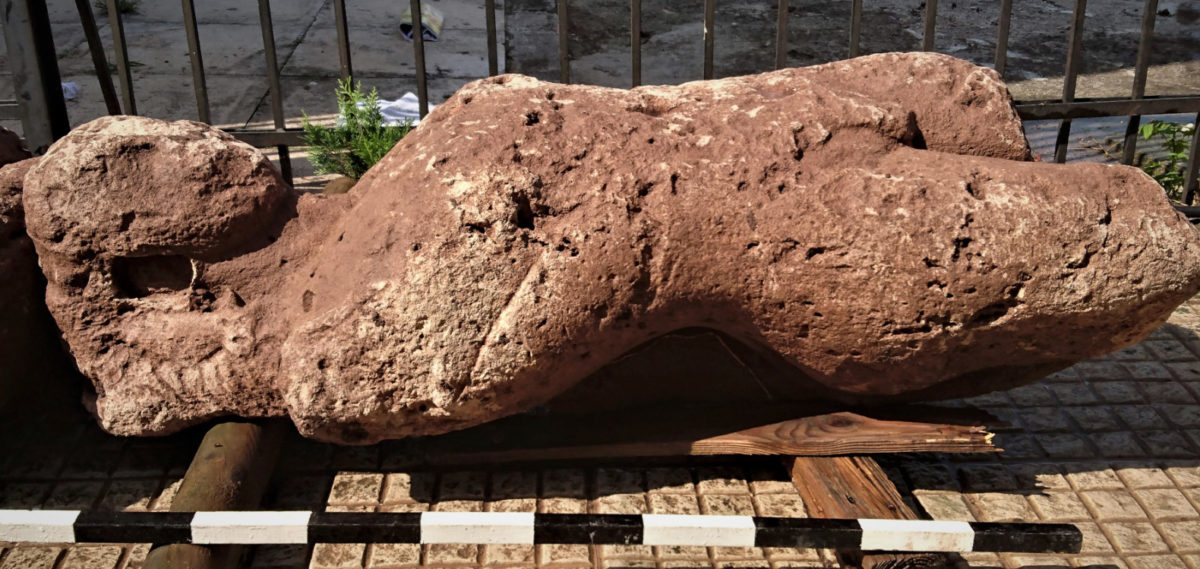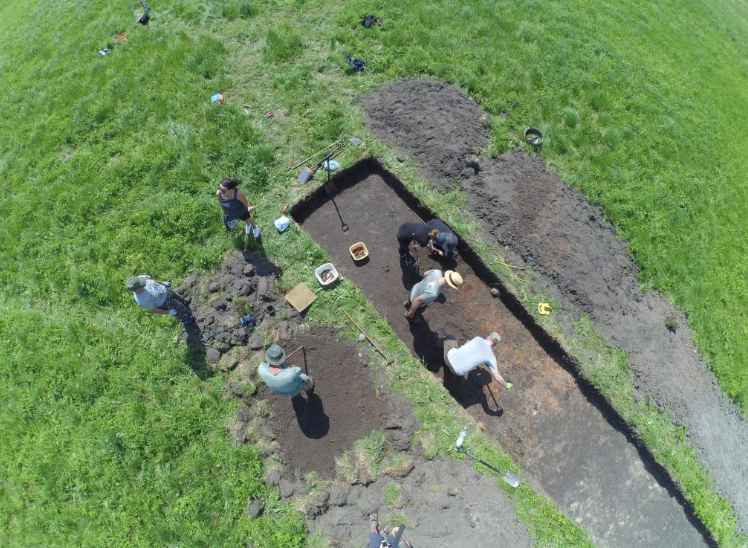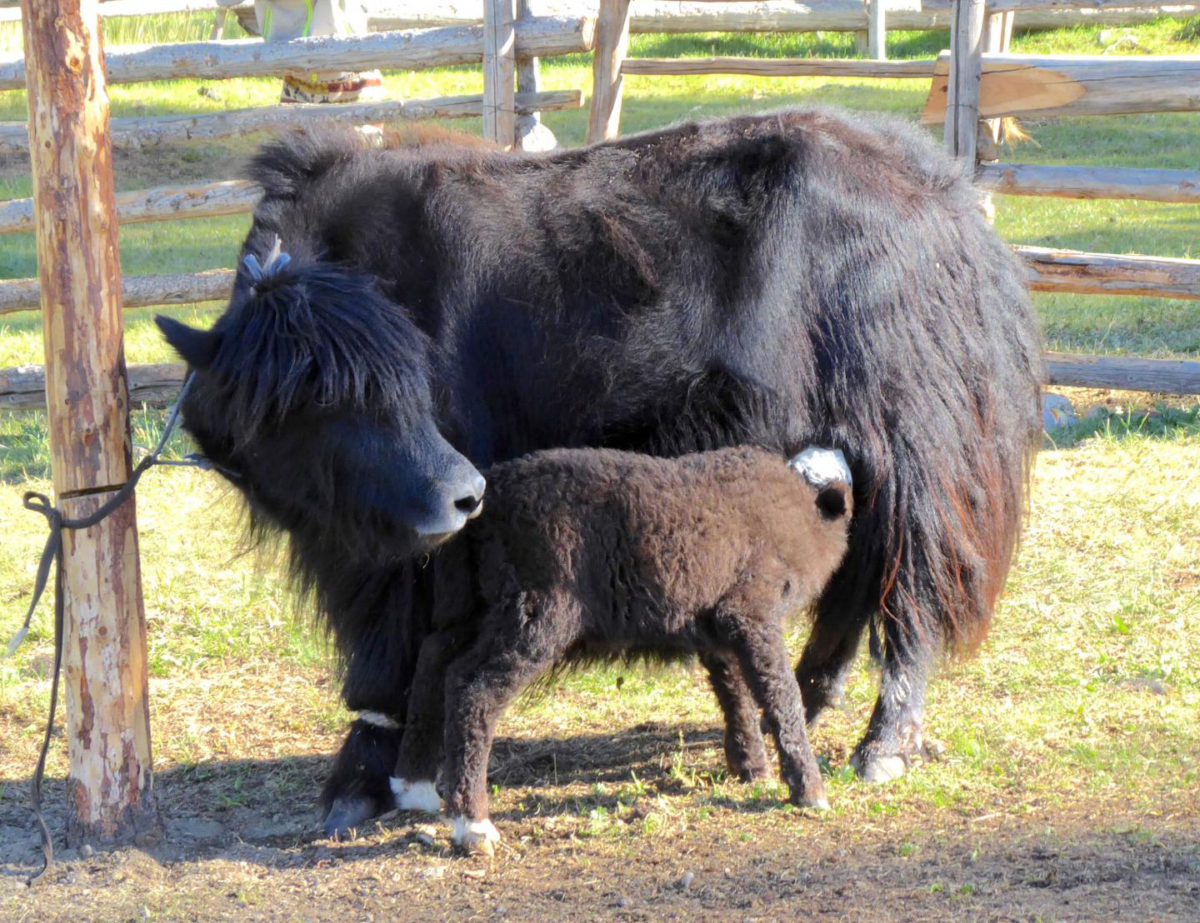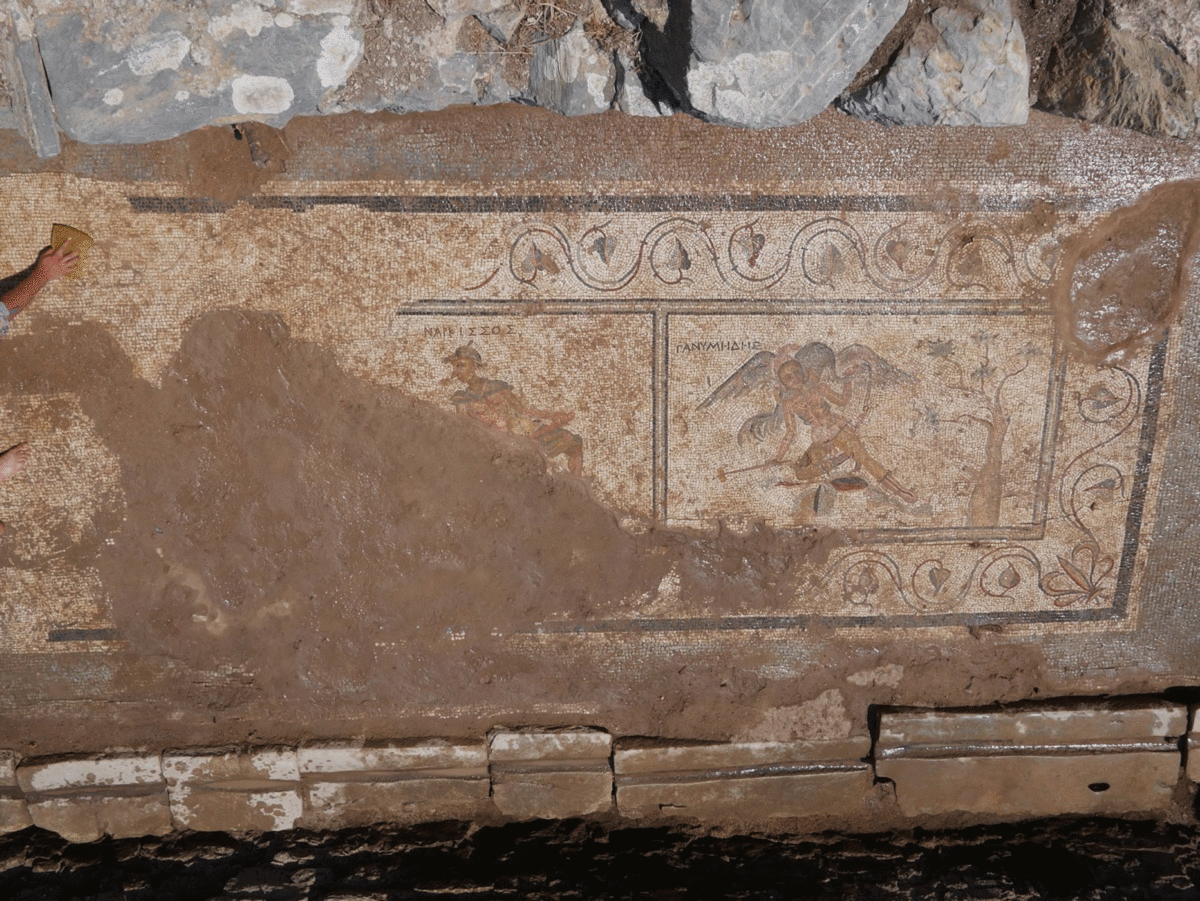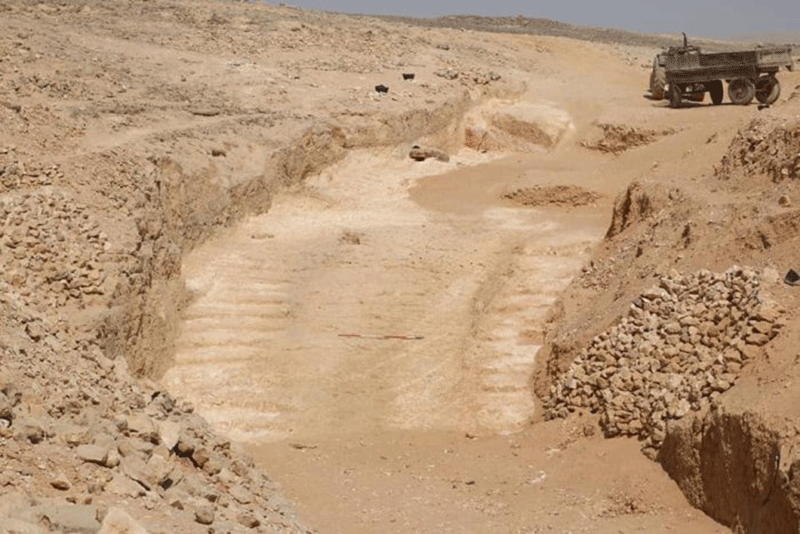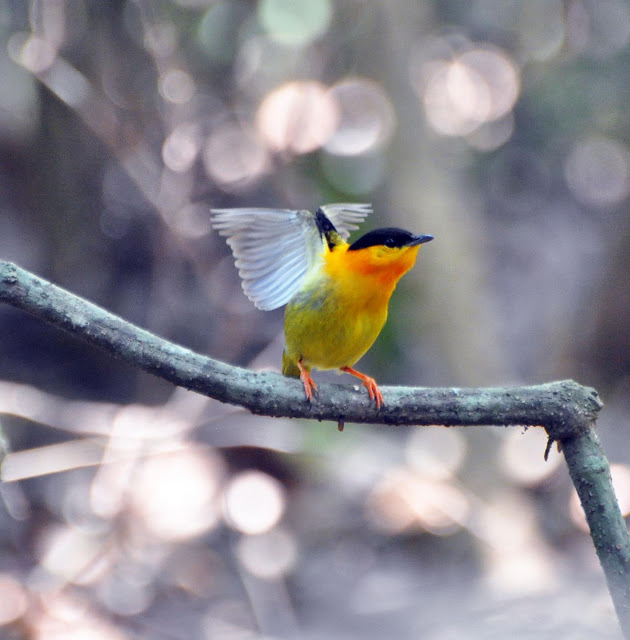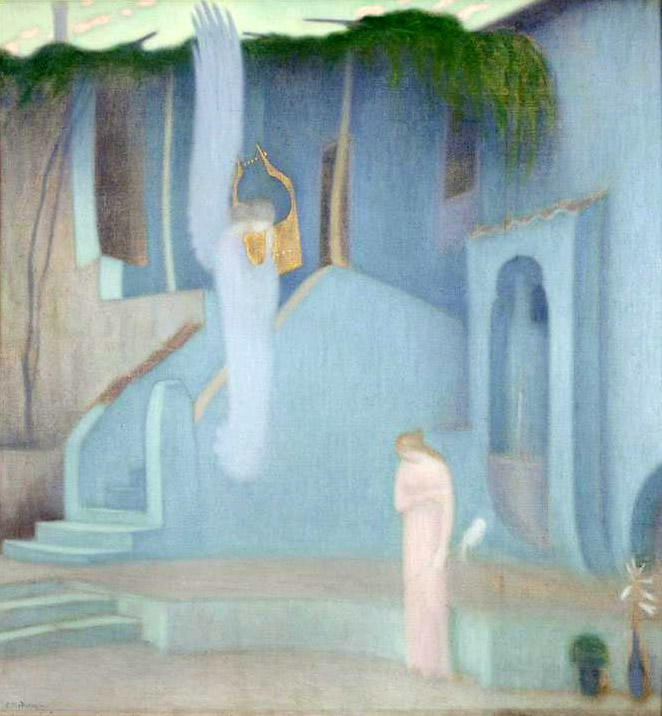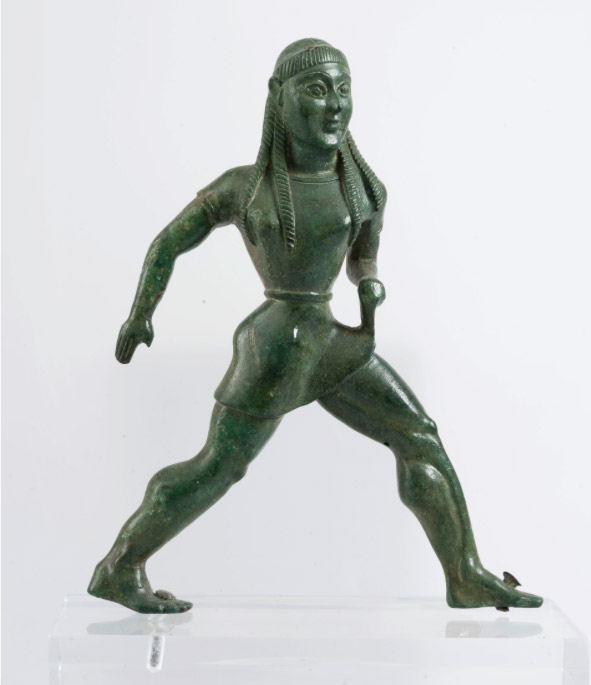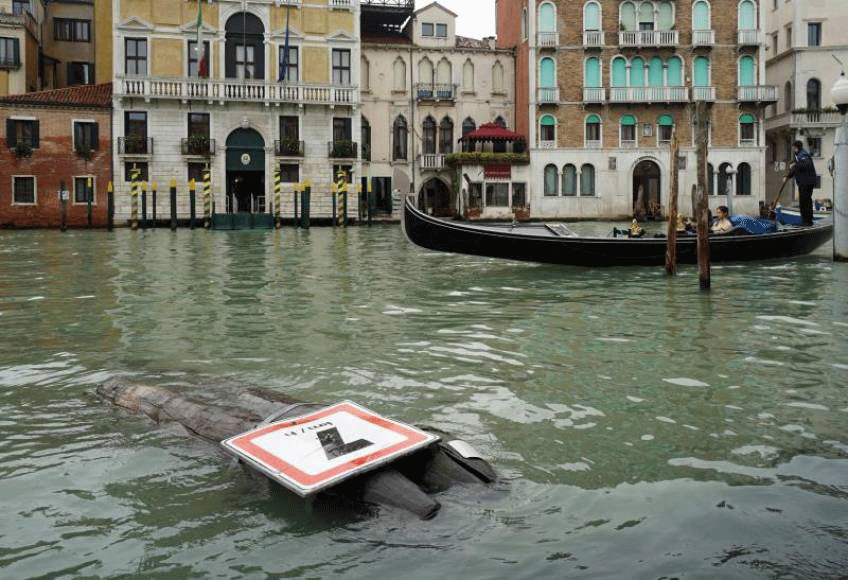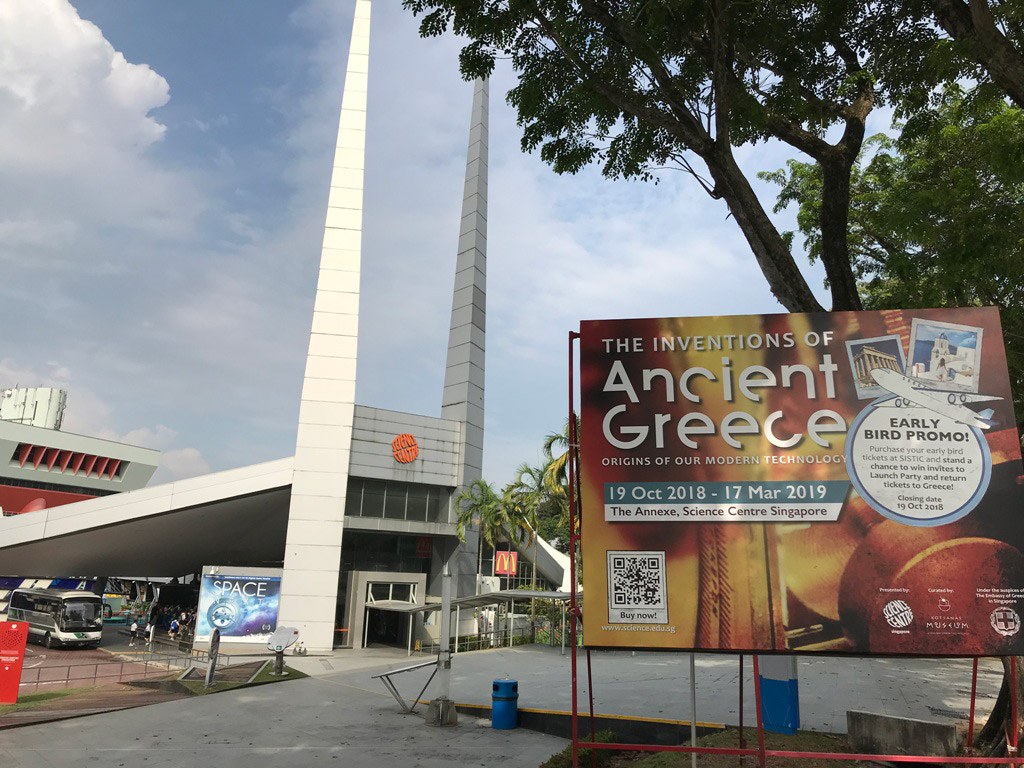The Mycenaean Priesthood through the Linear B Tablets
The 2nd meeting of the Mycenaean Seminar presents Dr. Aspasia Gkioka (archaeologist).
Experts find that stone tools connected communities
The tools – mainly blades and backed knives from the Howiesons Poort – were found in various layers in the Klipdrift Shelter, in the southern Cape in South Africa.
Ancient DNA analysis unlocks secrets of Ice Age tribes in the Americas Research
Scientists have sequenced 15 ancient genomes spanning from Alaska to Patagonia and were able to track the movements of the first humans as they spread across the Americas at “astonishing” speed during the last Ice Age.
Archaeologists in Egypt found ancient stela and sarcophagus
Limestone stela and wooden sarcophagus, both from the 18th Dynasty.
Mummified sacred beetles and cats found in Saqqara Necropolis
Minister of Antiquities Dr. Khaled El-Enany announced a new discovery made by an Egyptian archaeological mission during excavation work carried out since April at the area located on the stony edge of King Userkaf pyramid complex in Saqqara Necropolis.
Hello from Banksy: Museum cards “self-destruct”
Lesha Limonov created postcards that depict great works of art housed in big museums and which are a “nod towards” Banksy and his inspiration.
Orkney’s oldest wooden bowl unveiled
A remarkable, perfectly preserved, wooden bowl unearthed from a two-thousand-year-old well has been revealed during conservation work being undertaken on the artefact this week.
Excavation and survey of the ancient port landscape at Akrotiri-Dreamers Bay
The 2018 underwater archaeological mission at the Akrotiri- Dreamer’s Bay ancient port, in the Limassol District have been completed.
Skeletal deformities in Pleistocene may have been caused by inbreeding
A new study explains evidence of birth defects in early humans as the result of inbreeding.
The “Captives/Prisoners” will be restored to the public
Myrsini Zorba paid her first visit to the site of the archaic mass grave discovered in the Park of the Stavros Niarchos Foundation.
Recreating the sound of the Islamic past of the Mosque of Cordoba
Researchers have carried out a study in which they have determined the variation of the acoustic parameters, such as reverberation, clarity or definition of the Mosque of Seville currently.
New discoveries at Matariya/Heliopolis in Egypt
This season the team continued their work on the area of the workshops of the 4th–2nd century BC located at the south-eastern section of the innermost enclosure of the temple.
Mass production of tar may have helped Vikings expansion
Did the use of tar help Vikings create waterproof ships and therefore travel long distances and conquer faraway lands? A new study has presented a theory connecting tar mass production with the success of Viking campaigns.
Archaic funerary statues in Phthiotis: The Atalanti kouroi
The excavation that has been conducted in just one part of the field has revealed an organized cemetery at deeper layers than the one at which the archaic statues were found.
Medieval castle discovered in Żelechów
The preserved elements include door seats, beams forming external walls and traces of fixing boards to internal walls.
Oldest evidence of dairying on the East Asian Steppe
Dairying of cattle, sheep, and goats was established in northern Mongolia by 1300 BC — despite limited genetic interactions with Western Steppe herders.
Latrine mosaic floor with dirty jokes is found in Turkey
A Roman mosaic with ribald jokes has been discovered in a latrine in Turkey, dating from the 2nd century AD.
Ramp found in Egypt might explain how stone blocks were transported
Archaeologists in Egypt have discovered evidence of how stone blocks for building the pyramids were transported, a question that has long puzzled researchers.
A letter by Baudelaire is being auctioned
This letter which is valued between €60,000 and 80,000 will be the highlight of the auction.
How the world’s fastest muscle created four unique bird species
The tiny muscle doing the heavy lifting is also the reason the male bearded manakin has evolved into four distinct species.
Two masterpieces of Greek painting to be auctioned at Bonhams
Among the paintings to be auctioned are the "Annunciation" by Konstantinos Parthenis and "Portrait of a Child" by Nikolaos Gyzis.
Celebrating the Authentic Marathon at the National Archaeological Museum
The National Archaeological Museum has organized a thematic tour about sports and athletes in antiquity.
Joan Miro artworks damaged by floods in Venice
The severe flooding in Venice a few days ago damaged two Joan Miro tapestries. The artworks were at the Palazzo Zaguri museum and were to be displayed at an exhibition.
Exhibitions of the Kostas Kotsanas Museum in Singapore and Alexandria
Two important exhibitions of the Kostas Kotsanas Museum of Ancient Greek Technology recently opened in Singapore and in the New Library of Alexandria.
